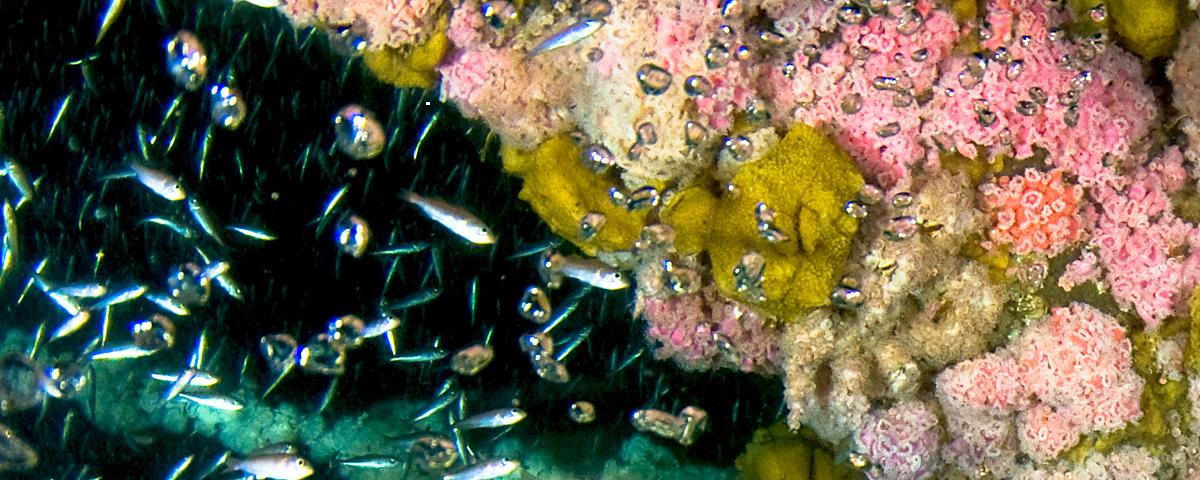Modelling thickness variations of macrofouling communities on offshore platforms in the Dutch North Sea
Abstract
From the Abstract: “Offshore energy production has been a rising industry in the North Sea since the past century and will likely gain more importance in the future with the increasing development of renewable alternatives. The platforms that are responsible for harvesting and producing energy provide a hard substrate in areas where most substrate is soft, establishing a habitat for fouling communities to settle and to grow on. With time, these communities start to compose a problem for energy production companies, as their natural increase in biomass may pose risks to the platform foundations, leading to the necessity of performing regular inspection so the installations can keep working properly. To address this issue and to better understand how cleaning efforts can be directed, a model was created to relate the growth of these fouling communities with different environmental variables. The variables tested were related to sea surface salinity and temperature, seafloor topography, distance to shore, depth, current and wind velocity, fish abundance, concentration of suspended particulate matter and chlorophyll and presence or absence of artificial structures. Our results indicated that depth and chlorophyll concentration in the water column where the main factors affecting biomass variations in fouling communities.”

